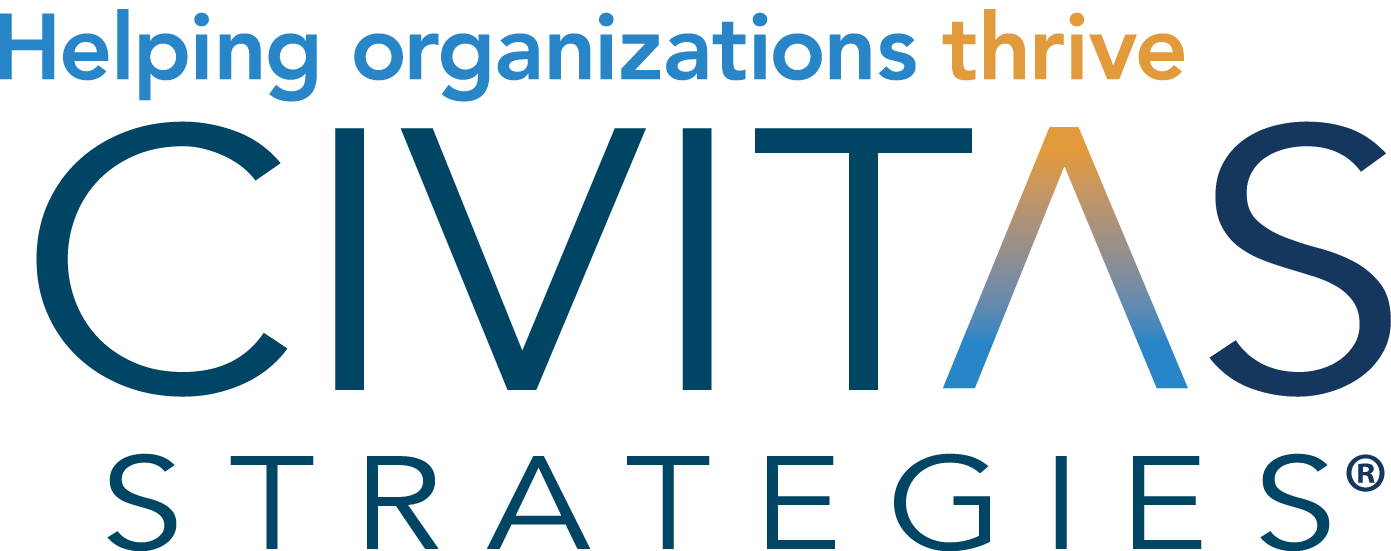10 Essential Record Keeping and Tax Tips for New Child Care Providers
As a new family child care provider, understanding how to organize your business finances and taxes can save you significant time and money. Here are ten essential tips to help you effectively manage record keeping and maximize your tax deductions:
1. Keep Every Receipt
Save receipts for all business-related expenses, no matter how small. Many household items like cleaning supplies, paper towels, and maintenance tools can be partially deducted as business expenses. Whenever possible, always obtain store receipts rather than relying solely on canceled checks.
2. Understand When You Can Deduct Expenses
Start deducting business expenses as soon as you care for your first child, even if you haven’t fully met local licensing regulations. Note, however, that home-related expenses like utilities, mortgage interest, property taxes, and repairs cannot be deducted until you've met local licensing requirements.
3. Track Your Food Costs
Food is typically your largest expense. Track how many meals you serve daily—including those not reimbursed by the Child and Adult Care Food Program (CACFP). Use the standard meal allowance rate provided by the IRS, which allows you to claim food costs without the hassle of collecting individual grocery receipts.
4. Conduct Monthly Record Reviews
Avoid the end-of-year scramble by reviewing and organizing your records monthly. Use labeled envelopes or digital files categorized by expense type. If a receipt is unavailable (e.g., parking meters or informal purchases), create a simple note documenting the transaction immediately afterward.
5. Know Your Estimated Tax Obligations
As a self-employed provider, you might be required to make quarterly estimated tax payments if you expect to owe $1,000 or more in taxes. Quarterly payments are due on April 15, June 15, September 15, and January 15. Check IRS Publication 505 for more detailed guidance.
6. Classify Employees Correctly
If you hire helpers or substitutes, treat them as employees, withholding required taxes and paying unemployment and workers' compensation insurance. Only those providing specialized services independently can be classified as independent contractors.
7. Perform a Household Inventory
Items in your home used for child care wear out more quickly and may qualify for depreciation deductions. Create a detailed, room-by-room inventory of items like furniture and appliances. Maintain clear records and consider using specialized tools like Inventory-Keeper to simplify the process.
8. Watch Year-End Purchases
Purchasing a significant portion (40% or more) of your business equipment and supplies during the last quarter of the year may reduce your immediate tax deductions. Plan major purchases either before October or after December to maximize your tax benefits.
9. Calculate Your Time-Space Percentage
Your Time-Space Percentage significantly impacts your deductible expenses. Track all hours children spend in your home and additional business-related hours (cleaning, prep work, paperwork, etc.) for at least two months. This percentage determines what proportion of your home-related expenses you can deduct.
10. Document Home Improvements
Depreciate part of your home's value, including home improvements made before and after opening your child care business. Keep detailed records and receipts of improvements like renovations, roofing, and HVAC upgrades. Proper documentation can substantially reduce your tax liability when you sell your home.
By implementing these practical record-keeping and tax strategies early on, you'll position your child care business for financial success and significantly reduce stress during tax season.
